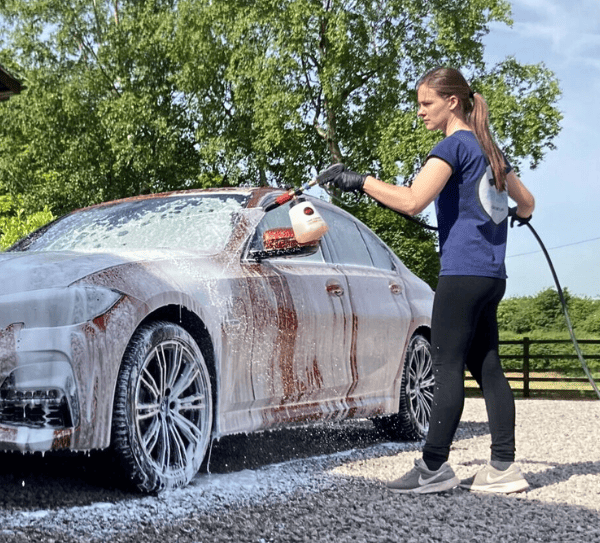Polishing your car makes a permanent change to the clear coat paint on a car. It’s very important to understand what polishing actually does before using it on your car. It’s perfectly safe when done properly, but there are several ways it can go wrong if you don’t know what you’re doing.
In this article, I’ll be explaining what polishing does to your car’s paint, and discussing whether it causes damage. So let’s get started.
The Quick Answer
Polishing removes a layer of your car’s clear coat to flatten the surface and remove minor scratches and damage. Polishing is safe as long as your car has enough clear coat remaining, and you don’t do it frequently or aggressively.
You should try and preserve your car’s clear coat to protect the finish from fading, corrosion and oxidation. Only ever polish when necessary.
If you’re planning on machine polishing your car, make sure you check out my complete polishing checklist to ensure you have all the essential equipment.
What Does Polishing Do?
Let’s talk about what polishing actually does to your car, to determine whether it does any harm or good.
Your car’s finish has several layers. The two most important to consider in this context, are the clear coat and the base coat.
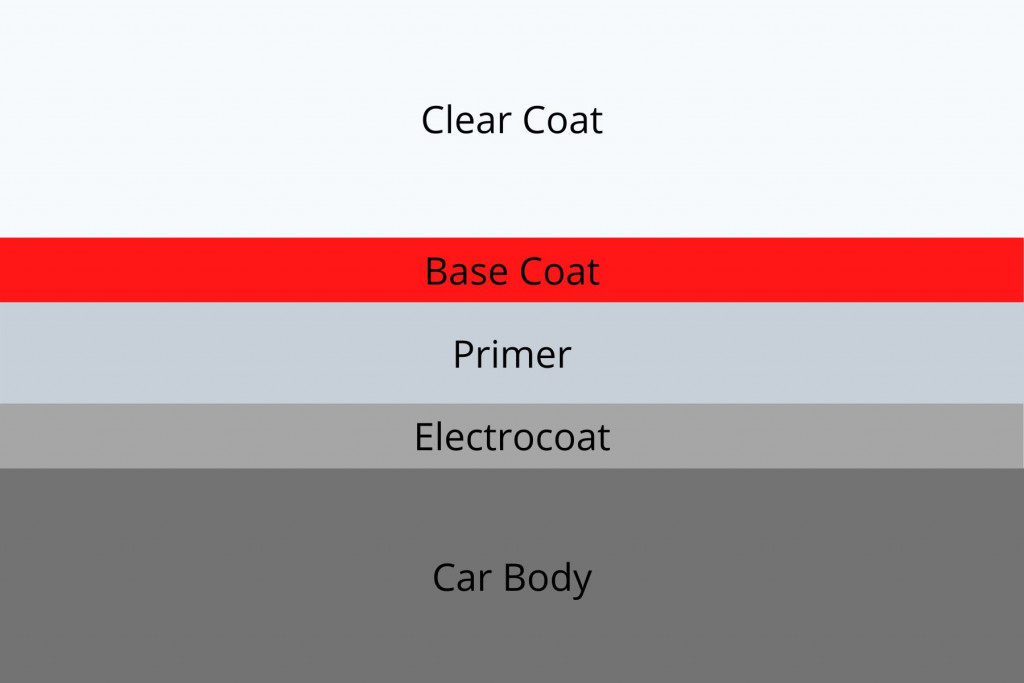
The clear coat is approximately 3 times thicker than the base (colour coat). The aim, is to protect the colour coat underneath, from UV rays which cause fading, oxidation, acid rain, corrosion etc.
Polishing removes a layer of the clear coat.
But why?
Unfortunately, the clear coat is very delicate and can get scratched quite easily, usually when being washed. This happens when you use a sponge, brush, or bathroom towel, instead od microfiber to wash your car.
Take a look at this article I’ve written on why you should never wash your car with a sponge to learn more about the damage it will cause.
Check out this complete guide to washing your car without causing scratches.
In reality for most cars, the clear coat isn’t flat. This causes it to look dull, and you can even see these scratches in direct sunlight.
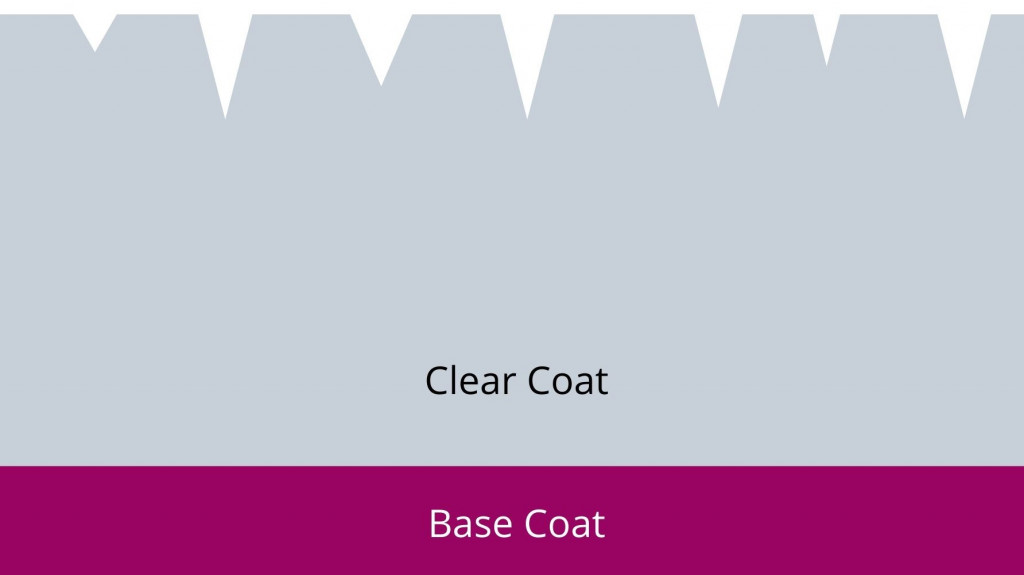
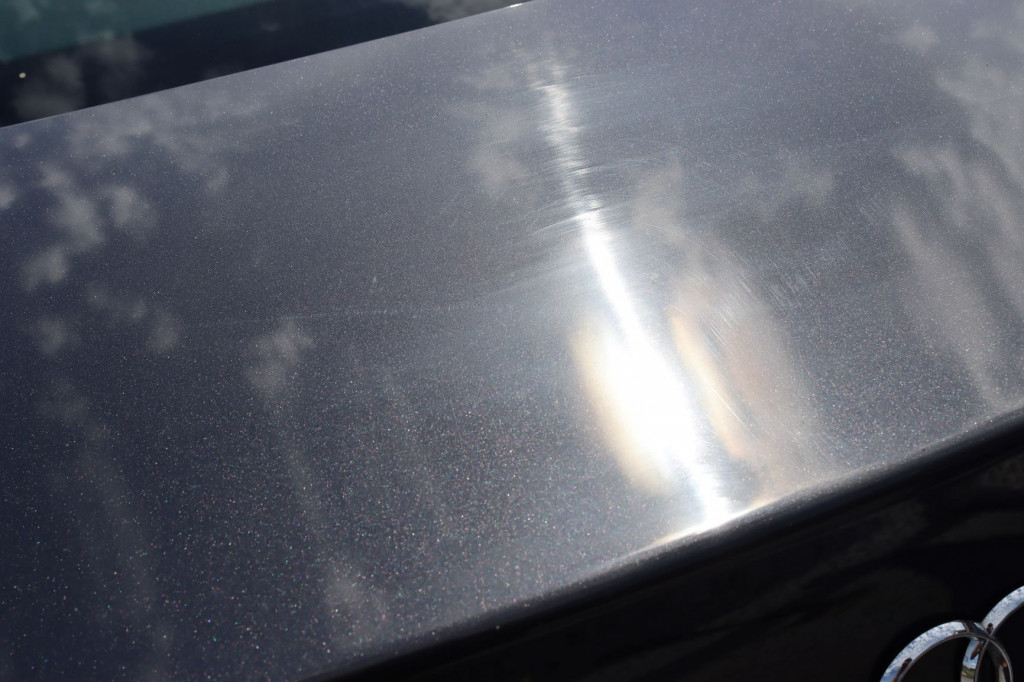
Polishing corrects this issue by removing a layer of the paint to make it smooth again and remove these scratches.
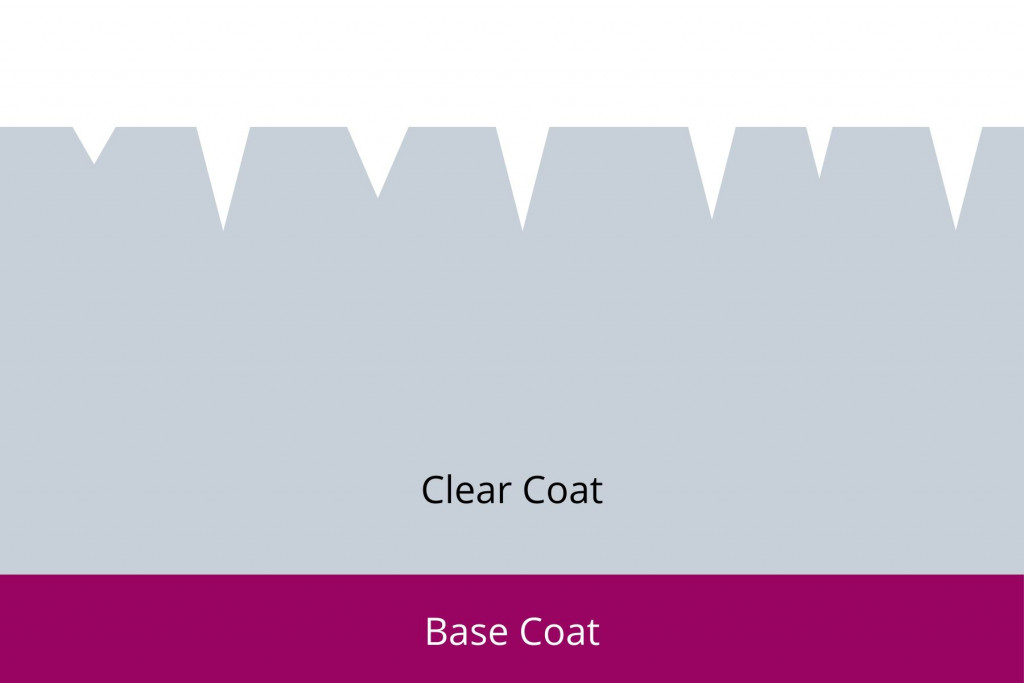
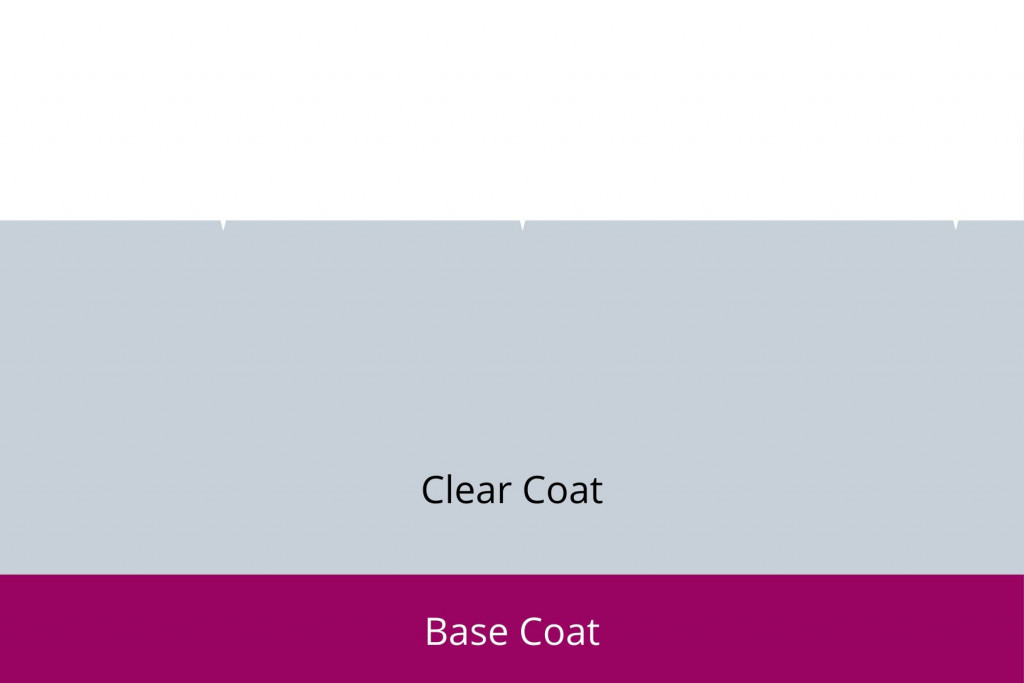

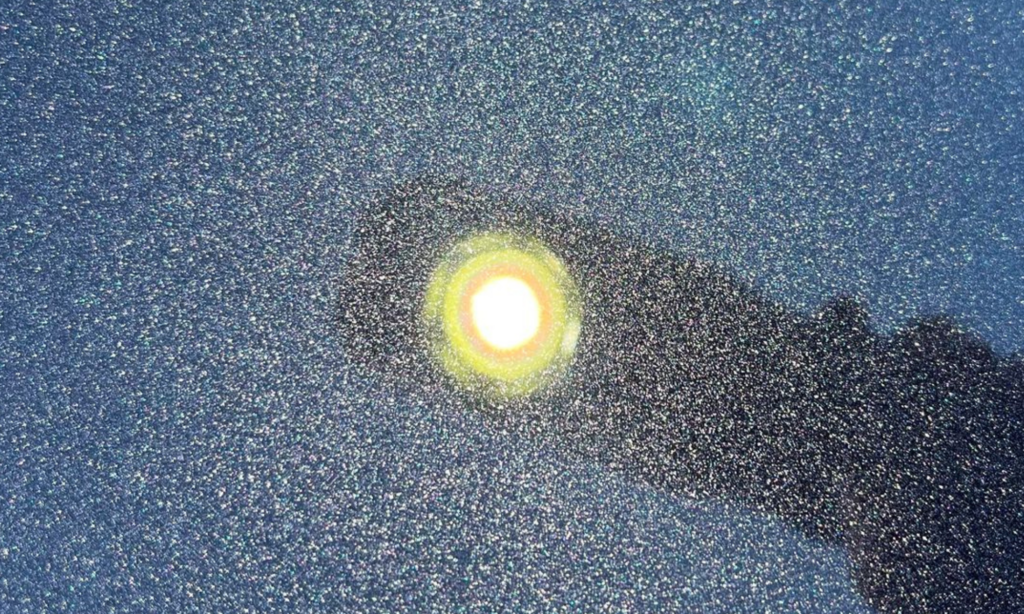
Compound vs Polish
There are two processes that you need to know about.
- Polishing
- Compounding
Polishing and compounding both do the same thing, cut away paint to reveal a flat layer. However, they work a little differently.
Polishing cuts the paint slowly, so it’s less aggressive, but less effective at removing scratches.
Compounding cuts the paint more quickly, so it’s more aggressive and more effective at removing clear coat damage.
Usually compounding doesn’t leave a completely flat surface, so this can refined using a polishing to completely level the surface.
Check out these diagrams.
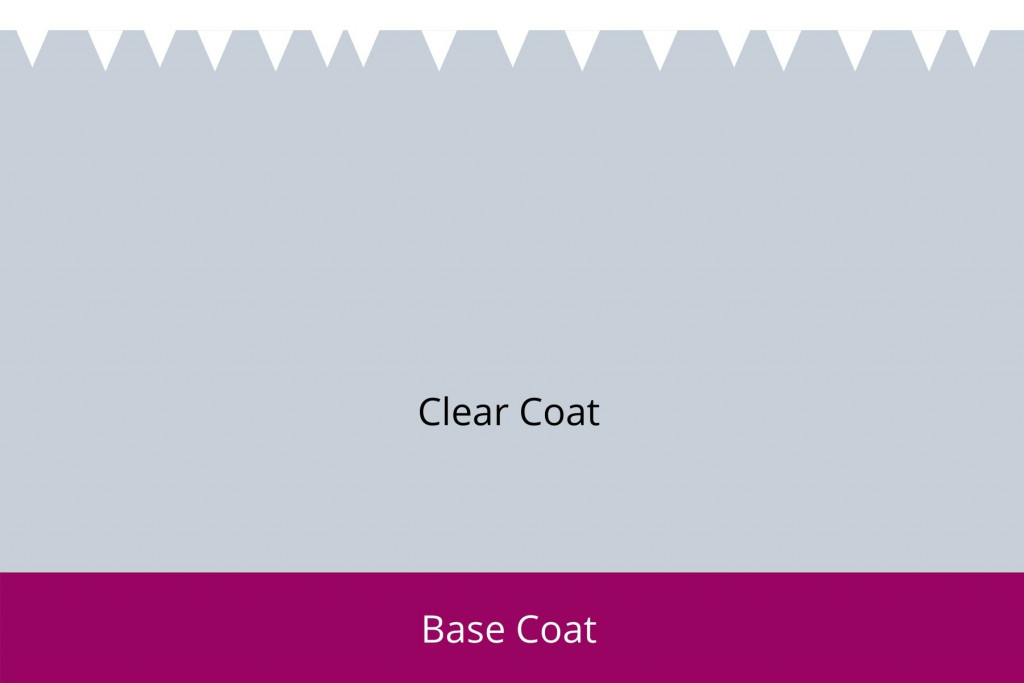
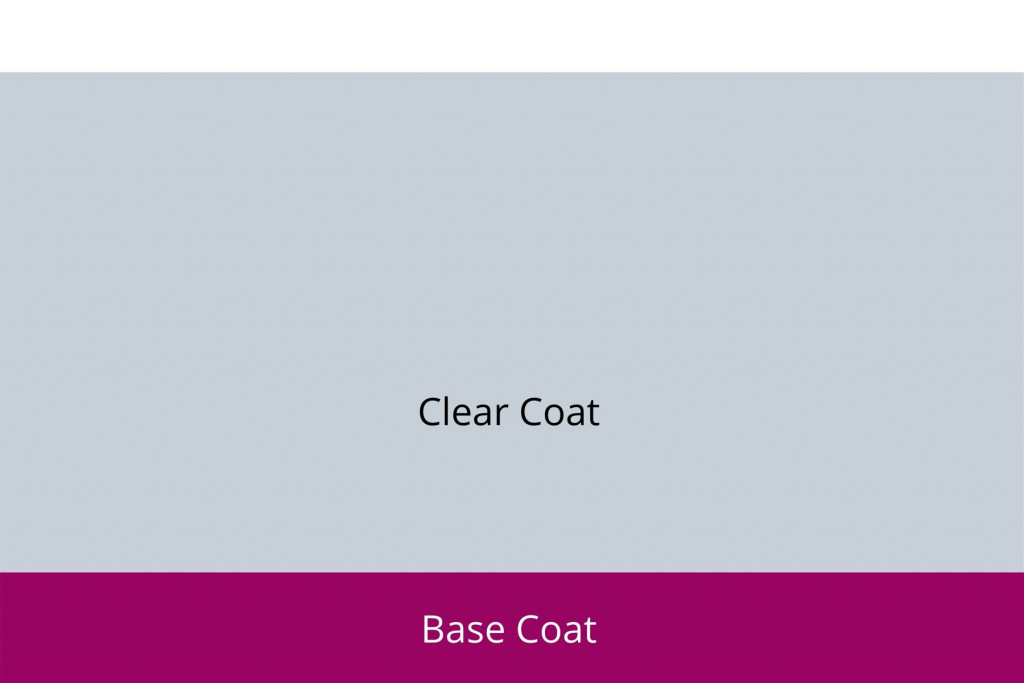
Check out my article comparing polishing and compounding to learn about the differences between these two processes and help decide which is the best approach.
Is Removing Clear Coat an Issue?
Okay, so now you know what polishing does, you may be wondering if this process of removing a layer of clear coat is an issue.
It’s important to remember that your clear coat is there to protect your car’s base coat. So having as much clear coat remaining as possible, is important. You should always try and preserve the clear coat.
However, if you want to remove scratches, then removing a layer of clear coat is the only permanent option.
It’s really a trade off. How much do you want perfectly smooth and glossy paint?
If this is really important to you, then go for it and polish your car.
If you don’t really care, then it’s definitely better to preserve the clear coat and keep the protective properties.
Personally, I have polished and compounded my car, because I wanted the paint to be super glossy. However, I am now really careful when washing it to make sure I don’t add any scratches in, because I don’t want to have to polish it again and remove more paint.
How Many Times Can you Polish a Car?
This question is pretty similar to asking how long is a piece of string?
Unfortunately, it’s impossible to answer.
Some cars can be polished more than others. It depends on how much clear coat your car has remaining. This can be determined by the following factors:
- How aggressive the polish is
- How much clear coat damage you are trying to remove
- How soft or hard the paint is (how easy it is to cut away using a polish)
- The age of the car (the clear coat gradually wears away over time)
Polishing minor scratches and swirls removes around 3-10 microns of clear coat a time. A brand new car has a clear coat that’s between 40-80 microns thick.
Although I can’t give you an exact answer about how many times you can polish your car, or if it’s safe to do so, there is a piece of kit that can.
It’s called a paint depth gauge and it tells you how thick the paint is on your car. You can then use this information to determine whether it’s safe to polish or not.
Unfortunately, these paint depth gauges cost more than a hundred dollars. What you can do instead though, is take your car to a pro detailer who will be able to perform this paint correction safely as they have access to these gauges.
If you have a brand new car, and have never polished it, then it’s relatively safe to go ahead and start polishing, but it’s not entirely risk free.
Is Polishing Bad for the Paint?
If you polish your car properly, and don’t cut away too much paint, then it’s not bad for your car. It’s only an issue if you remove too much clear coat, because this is what protects your car’s colour coat.
You are in a sense, damaging the clear coat by removing a layer of paint, but the purpose is to remove any scratches and flatten the clear coat.
As long as this is done carefully and mindfully, then it should not be a problem.
What Happens if the Clear Coat Gets Too Thin?
So what happens if you “over-polish” your car and the clear coat gets too thin?
Well, it’s important to know a few facts.
- A brand new car has a clear coat that’s 40-80 microns
- Polishing minor clear coat scratches removes around 3-10 microns a time
So what happens if you remove a lot of this?
There are “UV inhibitors” present in the clear coat which protect the base coat from fading. If you over-polish, then you can really run the risk of accelerating the rate at which your colour coat fades, becomes oxidised and corrodes.
This is why its important to protect the car as well using either a wax, sealant or ideally a ceramic coating for the most UV protection.
Final Thoughts
I just wanted to round this article off with a few considerations and take home messages.
I didn’t write this post to scare anyone about polishing or paint correction. When done properly, it really is beneficial and makes the car look amazing. But when over-done, or done badly, it can be very problematic.
Here are a few things to really keep in mind.
- Only polish or compound when absolutely necessary, always preserve your car’s clear coat when possible.
- Less is more with polishing. Don’t go in aggressively, or too frequently or you’ll run into problems.
- Make sure you wash your car safely and never use sponges, or bathroom towels which can scratch the surface. This avoids the need for polishing in the future.
Unsure if you should machine or hand polish your car? Check out my in-depth comparison between machine and hand polishing to help you decide.
Thanks for reading! I hope you’ve found this article helpful. Don’t forget to check out the rest of the blog to learn more about making your car look it’s best.

